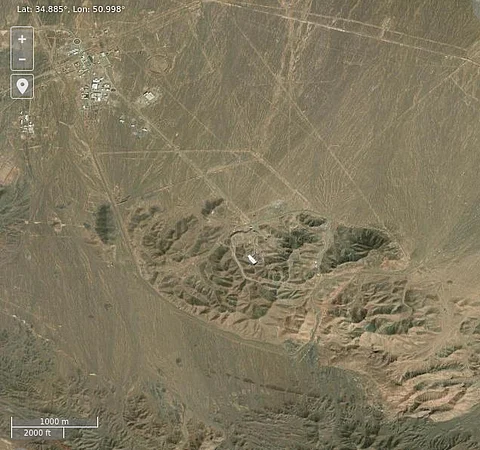

As the dust settles following U.S. strikes on three of Iran’s nuclear facilities over the weekend, a growing consensus is forming in both the United States and Israel that the attacks failed to eliminate Iran’s nuclear capabilities.
While U.S. President Donald Trump and his administration continue to publicly assert that Iran’s nuclear program was “obliterated,” U.S. and Israeli intelligence assessments are painting a very different picture.
CNN reported this week, citing sources familiar with preliminary U.S. intelligence assessments, that the strikes did not destroy the core components of Iran’s nuclear program and likely only delayed its progress by a few months. One of the sources noted that the uranium enrichment centrifuges appear to remain intact.
Additionally, the report cited officials who believe Iran continues to operate undisclosed nuclear facilities that were not targeted in the strikes and remain fully functional. A damage assessment from CENTCOM, the U.S. military command responsible for the Middle East, confirmed that neither the highly enriched uranium stockpile nor two of the targeted sites—Fordow and Isfahan—were destroyed. Most enrichment centrifuges, according to the report, also survived the bombardment.
CENTCOM estimated the overall setback to Iran’s nuclear program to be only a week or two.
These findings were echoed by Israel’s Channel 14, which cited sources saying that Israel also believes Iran maintains secret nuclear facilities that were not struck simply because "nobody knows where they are."
A further unresolved issue is the whereabouts of Iran’s estimated 409 kilograms (902 pounds) of highly enriched uranium. Reuters, citing its own sources, reported that this stockpile was not destroyed and estimated that the program was set back by only one to two months—corroborating CNN’s findings.
On Tuesday, International Atomic Energy Agency (IAEA) Director-General Rafael Grossi acknowledged that he does not know the location of Iran’s uranium stockpiles. It is believed that Iran moved the material prior to the U.S. strikes on Sunday morning, likely in anticipation of the attack.
Israeli sources quoted by ABC News have also downplayed the impact of the strikes, describing the damage at Fordow as “really not good.”
Despite growing evidence contradicting the administration’s narrative, Trump, along with envoy Steve Witkoff and Defense Secretary Pete Hegseth, have continued to claim the operation was a success. Trump has dismissed the media coverage as “fake news” and asserted that the criticisms are part of an effort to undermine what he called “one of the most successful military strikes in history.”
The long-term consequences of the strikes remain to be seen. Iran’s parliament has already voted to suspend all cooperation with the IAEA, pending approval from the Supreme National Security Council. With the uranium stockpile potentially relocated to secret sites, and IAEA access in doubt, the White House may soon have to contend with the reality that the strikes neither permanently damaged Iran’s nuclear program nor halted its progress. Instead, they may have pushed Iran further into operating in secrecy—beyond the oversight of international inspectors Tehran has accused of collaborating with Israel.